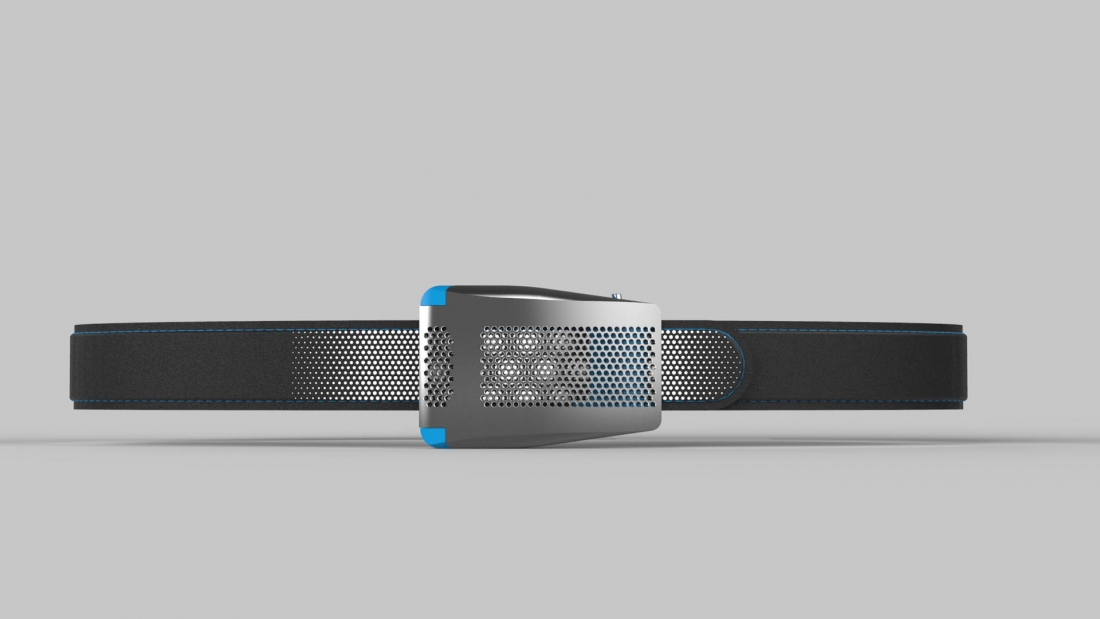Digitsole Keeps Your Feet Toasty No Matter The Weather
French footwear company GlaGla recently showed off their crowdfunded Digitsole. Simply place the insole into your shoe and experience toasty 120 degree Fahrenheit warmth for 6 to 9 hours. They are rechargeable via Micro USB. The shoe insert slides into your footwear like something from Dr. Scholls and incorporates the heating elements, rechargeable battery, and circuitry. You control the temperature via an iOS or Android app that connects through Bluetooth 4.0. Since it would be a waste to have something under your feet not collecting information, Digitsole also tracks steps taken and calories burnt. Everything sounds perfect about the product until you get to the price. At $200 for a pair, most people will not be picking up Digitsole to stay warm while running weekend errands. Clearly with that price the company is targeting people who spend a lot of time outside during the winter or live in extreme winter weather. Digitsole is currently available for preorder and will ship in February. Video after the break:
Continue reading








